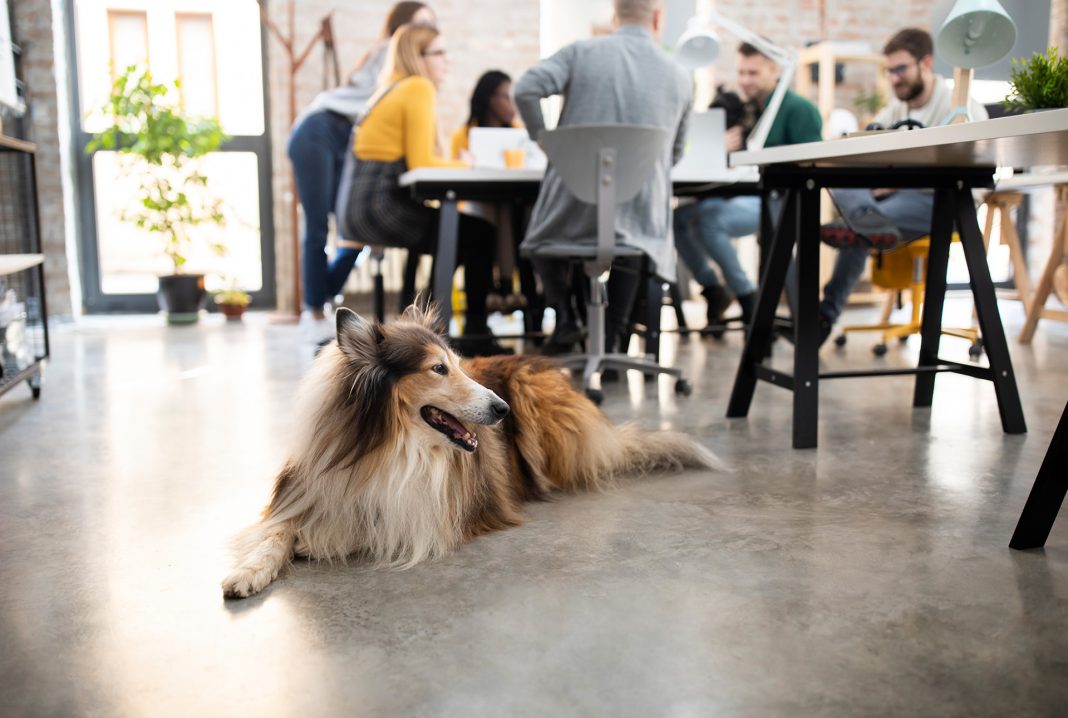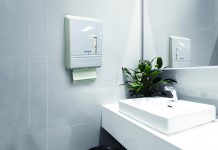Pet-friendly spaces are growing in popularity as more people embrace the idea of taking their pets out with them.
From casual dining spaces to more formal properties like hotels and offices, it’s a trend that continues to increase with no sign of slowing down.
COVID also created a boom in dog and cat ownership, as more people welcomed a pet (or two) into their families during or after lockdown. In New Zealand, nearly two-thirds of households have at least one companion animal, while according to Animal Medicines Australia, pet ownership increased by about 10% during the pandemic, with almost 70% of households now owning a pet. However, while becoming a pet-friendly establishment can lead to more customers (and increased customer satisfaction), it also requires careful planning to keep spaces comfortable and hygienic for all.
The Australia New Zealand Food Standards Code Standard 3.2.2 states that a food business must not allow live animals (except seafood or other fish or shellfish) in areas where food is handled or served, such as a kitchen or storeroom. This means that clear signage and procedures are required around the site to ensure this is adhered to. The code allows dogs in outdoor dining areas and assistance animals, which must be allowed into any areas used by customers.
“We’ve seen a similar trend in hotels across Australia with more and more guests bringing their pets along for their holidays and vacations. This means that housekeeping staff have to be extra vigilant when cleaning rooms to ensure optimum hygiene is maintained,” says Taylah Frew, Key Account Manager – Hospitality at Bunzl. Before encouraging pets, first, talk to your employees about how comfortable they feel around animals – and how they feel about cleaning up after them. Some people have allergies to dogs and cats and others are fearful. Address procedures for coping with animal-related accidents; with well-trained dogs, accidents are rare, but some dog owners may be inexperienced or negligent. You may need to develop protocols about handling pets and food and encourage more handwashing or additional
sanitation practices to prevent cross-contamination.
A crucial step is to assess your establishment’s layout and space availability to determine if it can accommodate pets comfortably and safely, then designate specific pet-friendly areas with appropriate seating arrangements.
You may need to also think about the office or establishment furniture within the space; materials that are easy to clean and resistant to stains are ideal. For indoor areas, consider sections with hardwood floors or tiles (rather than carpet – which can trap odours and stains) as ideal pet-friendly spaces. Choose furniture with washable covers or materials that can be easily wiped down. It’s important to look after the animals that visit your workplace or venue. You may need to limit the number of pets that can visit, and the type of animals allowed and assess whether you are happy to monitor the species and size of visiting animals.
Frew adds that extra caution around hygiene is crucial to maintaining the comfort of everyone, “You need to make it easy for pet owners to keep the animal-designated space clean by providing designated waste disposal bins for pet waste, such as poop bags or litter boxes. Regular emptying of these bins is essential to prevent odours and maintain hygiene. You should also consider installing pet waste stations with bags and disposal bins in outdoor areas.”
In an office setting, it’s a good idea to establish clear policies and guidelines regarding which types of pets are allowed, their behaviour expectations, vaccination requirements, and any other relevant regulations, and communicate this office-wide. Consult legal experts to understand the legal implications of having pets in the workplace, including liability issues in case of accidents or injuries involving pets.
Dining establishments and offices can create a welcoming and inclusive environment for both pet owners and non-pet owners, enhancing the overall experience for all.










